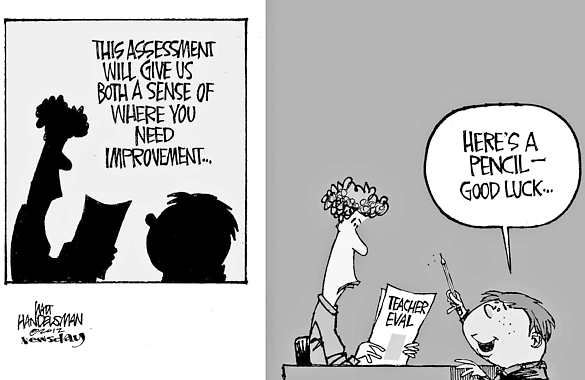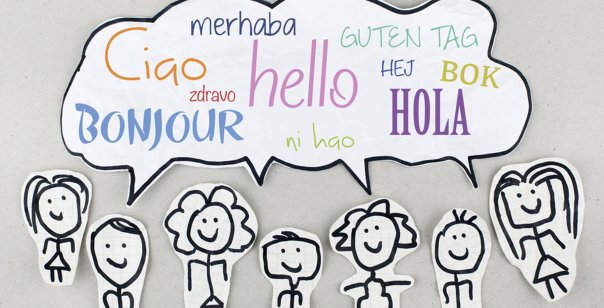It is believed that the image of Kazakh women, as a parent who bringing up children, as a wife contributing to the wellbeing of her family, as an employee trying to achieve her career goals, is constantly changing throughout the history. However, the truth might be much further from reality.
Nowadays state policy goals aimed at gender equality and family issues are reflected in the strategy of development of Kazakhstan up to 2030, strategy of gender equality in Kazakhstan for 2006-2016. Despite the recognition of the women`s rights disparity, there is still the effect of ‘glass ceiling’ when women of the same nationality and age, the same level of education, the same amount of workload, have lower salary, less prospective job position and work conditions as compared with men. According to the National Institute of Statistics and Economic Studies (OECD, 2017) average monthly salary for males was 25, 3 % higher than for females in Kazakhstan. The economically active women`s proportion from the age of 15 and over was 65 %, which approximately 10% less than the share of employed men (OECD, 2017). OECD report on Gender Policy Delivery in Kazakhstan confirmed that these women are usually self-employed, and they lack any working arrangements like social security benefits, working conditions and pensions (2017). Woman are involved mainly in traditionally feminized sectors as health, education, food, financial service and insurance with low-paying wages (OECD, 2017). Overall, there is a constant gap in gender equality in Kazakhstani society. On the other hand, there are some fundamental issues that need to be considered:
Patriarchy
From the ancient times, Nomadic females were not given any credits or excuses because of their psychological and biological characteristics so they got used to complete the same tasks as their male counterparts. Aldashev and Guirkinger (2012) indicate the salient role of Kazakh women:
Whereas a Kazakh man spends most of the year on the horseback, in continuous moves, taking care of social affairs of the kin, district, and village, his wife remains the real head of the household and manages all of it, thus reducing her husband to the role of the nominal head.
However, several researchers highlighted the act of discrimination, sad conditions and ignorance of the women`s rights in the Kazakh society (Aldashev & Guirkinger, 2012; Abdirajymova & Bizhigitova, 2014). This deep-rooted patriarchal attitude still places an additional burden on the stereotypical roles of women.
Expectations
Society, family, school play a significant role in our future beliefs, behavior and assumptions. It is approved that the parents` expectations on their children differ in terms of their gender belonging. (Karimova, 2009) From the personal experience I can firmly state that Kazakh people tend to believe that if you are a woman there is no need to enroll for a graduate education, have a career promotion, to participate in politic or economic life because, in any case, your role will be restricted by the boundaries of our society.
According this data there is an enormous difference between opportunities for females and males in our society. It leads to women`s inability to exercise greater autonomy over their own lives.
My question: Is it necessary to avoid such gender inequality? Why?
References
Abdirajymova, A. S., Zharkynbayeva, R. S., & Bizhigitova, S. (2014) The Image of the Kazakh Women in the Works of Russian Authors in the Context of Imperial Policy in the Steppes (The End of the XVIII – Beginning of XX Century). Procedia-Social and behavioral Sciences, 140(2014), 671-676. doi.org/10.1016/j.sbspro.2014.04.491
Aldashev, G., & Guirkinger, C. (2012) Deadly anchor: Gender bias under Russian colonization of Kazakhstan. Explorations in Economic History, 49(4), 399-422. doi.org/10.1016/j.eeh.2012.07.006
Karimova, Zh., K. (2009). Образовательный уровень женщин Франции и Казахстана: опыт сравнительного анализа [Educational levels of women in France and Kazakhstan: attempts at the comparative analysis]. RUDN journal. 1(4), 86-94. Retrieved from https://elibrary.ru
OECD (2017), Gender Policy Delivery in Kazakhstan, OECD Publishing, Paris.
Retrieved from http://ezproxy.nu.edu.kz




